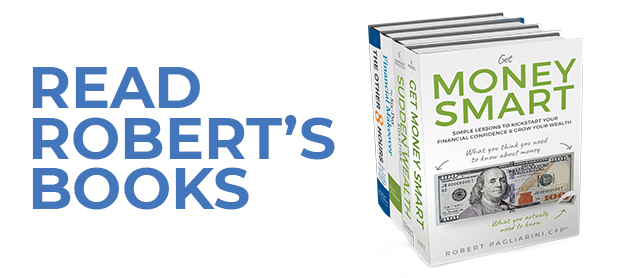America once experienced something called “moderate inflation.” It may seem like a distant memory, but it could very well return in the second half of this decade.
A remote possibility? Most economists think the Fed will start raising interest rates in late 2015 and take them higher in 2016 through a series of incremental hikes – a march toward normal monetary policy, in which the Fed funds rate ranges between 3-5%. Once the Fed begins tightening, it usually keeps at it – as an example, the central bank raised rates 17 times during 2003-06 alone.
Keep in mind that there are two forms of interest rates. Short-term interest rates are mainly controlled by Fed policy. Long-term interest rates ride on the bond market’s expectations. Still, short-term rate hikes have an effect on investors as well as lenders. They influence the mood and outlook of Wall Street; they affect interest rates on credit cards, some home loans and short-term savings vehicles.
What if moderate inflation resumes & the Fed reacts? What might higher inflation (and correspondingly higher interest rates) mean for your portfolio? Under such conditions, your investments may perform better than you think.
Equities should still be attractive. The ascent of the federal funds rate should be gradual over the next couple of years, and the market may price it in. A climbing federal funds rate need not become a market headwind. Remember that as the Fed authorized all those rate hikes in the mid-2000s, the market pushed toward all-time highs. When it becomes apparent that the Fed has taken rates too high, then Wall Street tends to adopt a defensive mindset.
Fixed-income investments may hold up well. It is true, long-term bonds may lose market value in a market climate with rising interest rates (though this will eventually promote additional income for investors with patience). Many investors may see wisdom in a fixed-income ladder, which means putting money into fixed-income securities with staggered maturity dates, typically from one to five years away. As interest rates gradually increase, you can gradually take advantage by replacing the shortest-term security with a medium-term or longer-term security. (Some of the other kinds of fixed-income investments, which have been earning next to nothing, may start to become more attractive; we might see interest-earning checking and savings accounts make a full-fledged comeback.)
In the big picture, consider how unimpeded the Barclays U.S. Aggregate Bond Index (in shorthand, the S&P 500 of the bond market) was in prior rising-rate environments. In the six such instances during the past 40 years (and these periods lasted 2-5 years), T-bill rates increased between 2.3-11.9% while the total annual return for the index ranged from 2.6-11.9%, with most of those total returns varying between 4-6%. For the record, the index posted a total return of 5.97% in 2014.
So, gradually increasing inflation might not hold back the return on your portfolio. Your portfolio aside, what steps could you take that may put you in a better financial position as inflation normalizes?
You may want to adjust your spending habits. If consumer prices start rising notably, you may decide to spend less and buy less often. You may want to buy durable goods such as cars now rather than later in the decade. You may also want to make your house more energy-efficient, drive vehicles that get better MPG, and take full advantage of your health care coverage – as energy, fuel, and medical costs often rise faster than others.
You could live with less debt. As determined by Bankrate.com, the average credit card currently carries a 15.91% interest rate. Can you imagine that going higher? It almost certainly will when the Fed makes its move. Credit card interest rates are based on the prime rate; movements in the prime rate closely mirror movements in the federal funds rate. Credit card issuers frequently adjust interest rates upward right after the central bank does.
Lastly, remember the upside to rising inflation. A larger annual increase for the Consumer Price Index implies a boost in Social Security income for seniors, and rising interest rates will translate to appreciable yields for risk-averse savers.

About the Independent Financial Advisor
Robert Pagliarini, PhD, CFP® has helped clients across the United States manage, grow, and preserve their wealth for nearly three decades. His goal is to provide comprehensive financial, investment, and tax advice in a way that is honest and ethical. In addition, he is a CFP® Board Ambassador, one of only 50 in the country, and a fiduciary. In his spare time, he writes personal finance books. With decades of experience as a financial advisor, the media often calls on him for his expertise. Contact Robert today to learn more about his financial planning services.



